The Airbus A220 is still a relatively new plane, having entered service starting in 2018. I’ve flown it several times over the past year and have come to really like it for many reasons.
I fly the A220 with Delta, who currently has the largest fleet of the aircraft in North America. I’m happy to have flown it all in Economy, Comfort Plus, and in First.
Let’s go over some of my reasons as to why I love this plane.
2-3 Configuration, Seat Dimensions
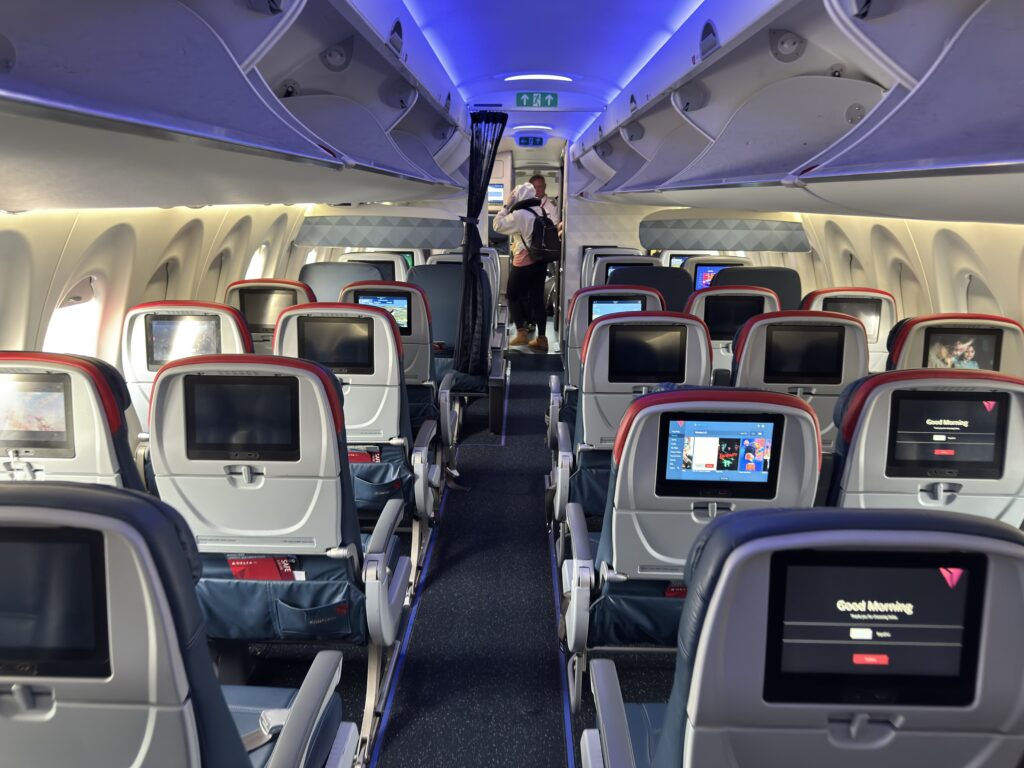
The Airbus A220 has a 2-3 configuration in economy (reminds me of when I used to fly the MD80s back in the day), which is great for all kinds of travelers. Families can benefit from the 2 or the 3 depending on how many are flying, and solo travelers and couples can all benefit from the 2 seats on the left.
A benefit of regional jets is being able to have the 2 seats per row configuration, but you still kind of have that on the A220, at least on one side.
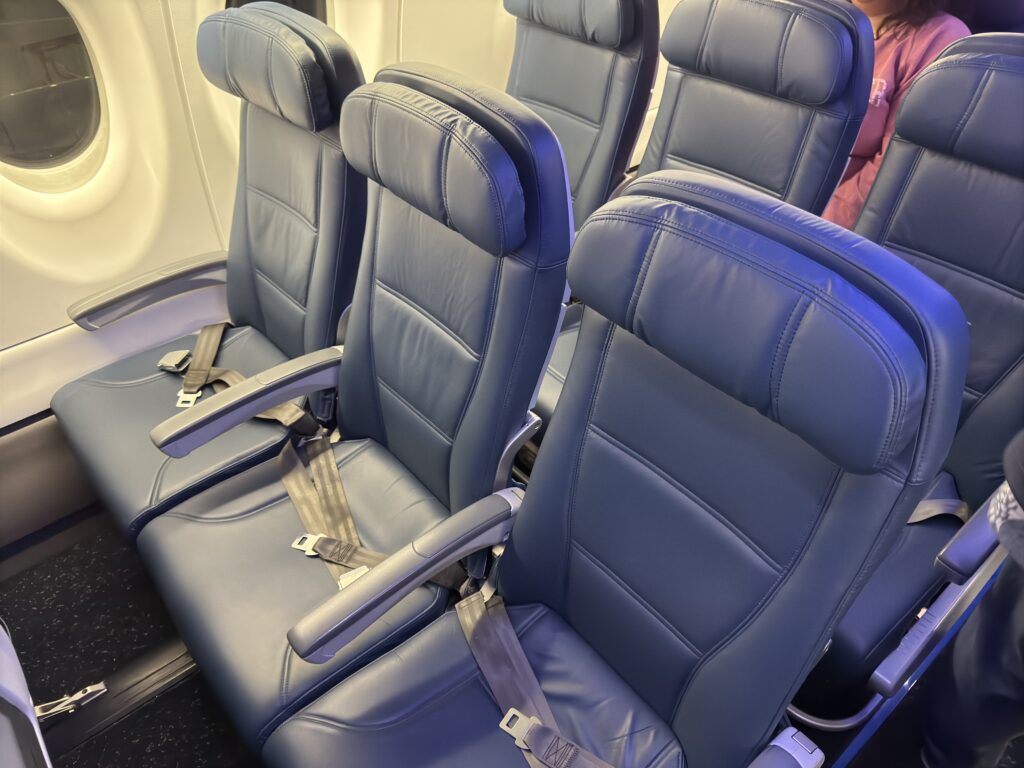
The seat width on Delta’s A220 are billed at 18.6 inches, which is the widest in the airline’s fleet. That’s more than one whole inch wider than seats on the Boeing 737!
Legroom is also fairly decent for economy class standards, which are 32 inches. Most seats on other Delta aircraft have a seat pitch of 31 inches, or even 30.
Benefits of a Smaller Plane
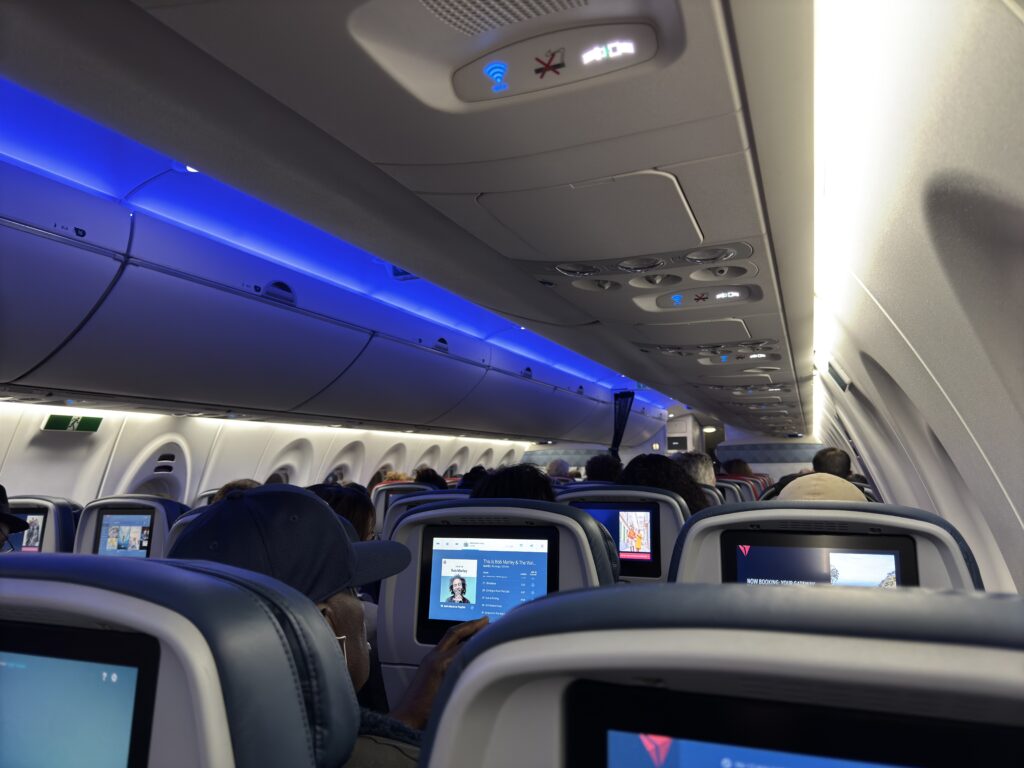
For Delta, the A220-100 has a capacity of 109 seats, and the A220-300 has a capacity of 130 seats. This allows for a faster boarding process compared to larger narrowbody planes. In addition, the single aisle accommodates a total of 5 seats instead of a total of 6 seats compared to other narrowbody aircraft. Having fewer seats per row helps with a smoother boarding process and makes jet bridge jams less likely.
Passengers have a better chance of being able to place their carry-ons right above in the overhead bins, especially those on the 2 seats. This is a small benefit when deplaning too, as fewer passengers are going up and down the aisle to grab their bags that’s multiple rows away.
Enjoy a Quieter, Smooth Ride

One noticeable difference when flying the A220 is how quiet it is. The engine start, takeoff roll, and cruise all generate less noise. This might not mean anything to some, but it’s nice that I don’t have to ramp up the volume on my AirPods Pro like I do on aircraft like the Boeing 777. It’s a bit easier to hold conversations as well.

In addition to the quieter cabin, I do think the A220 rides much better than the regional jets and many of the other mainline narrowbodies. It’s overall a very comfortable plane.
Latest Technology
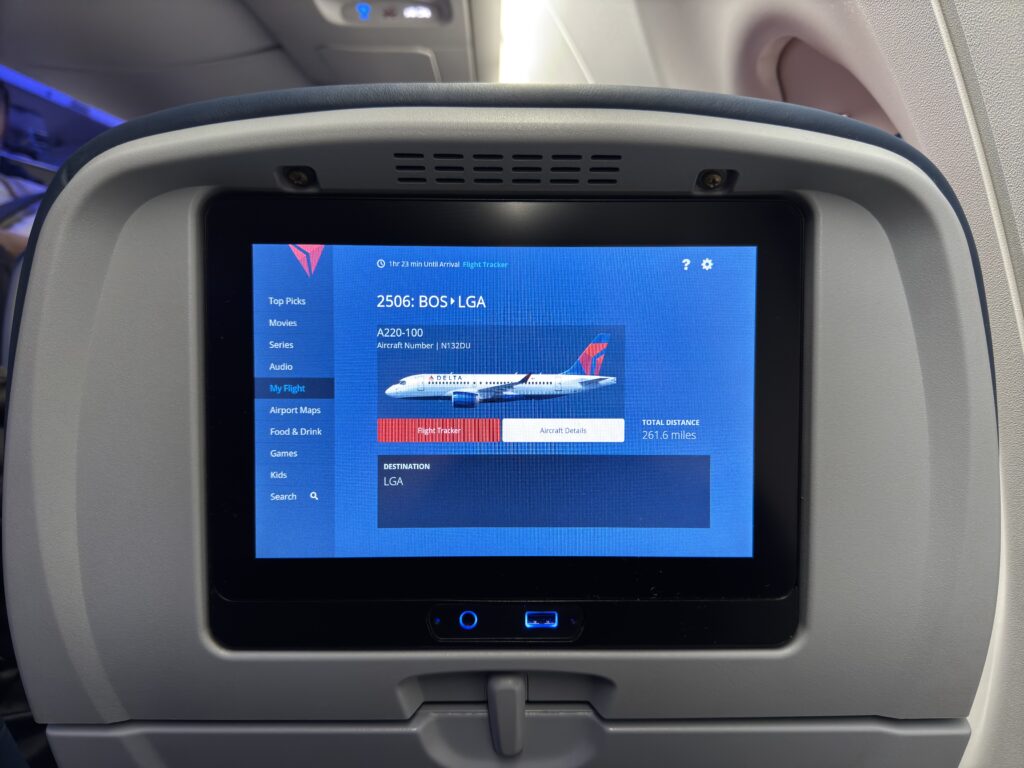
Lastly, a newer plane means a passenger experience with the latest technology. In Delta’s case, all seats are equipped with IFE screens. This is a big difference compared to their regional aircraft.
Although I’ve only flown the A220 with Delta so far, I can assume for other airlines that the newer plane means a better chance of a refurbished, up-to-date interior.

Delta’s Wi-Fi on the A220 is reliable with solid speed.
Bottom Line
The A220 is one of a few aircraft types that I’m willing to go out of my way to fly on. For example, I’m willing to take an A220 flight that’s an hour earlier than the E175, which may be at a better time (if my schedule allows it, of course). It’s a vast difference compared to the regionals and even many of the mainline fleet.
Better seat dimensions, a comfortable ride, and the latest technology on an airplane? That’s a lot to ask for from an aircraft, and Bombardier/Airbus has delivered it all on this plane. Here’s to many more A220 flights this year!
All photos taken by the author.




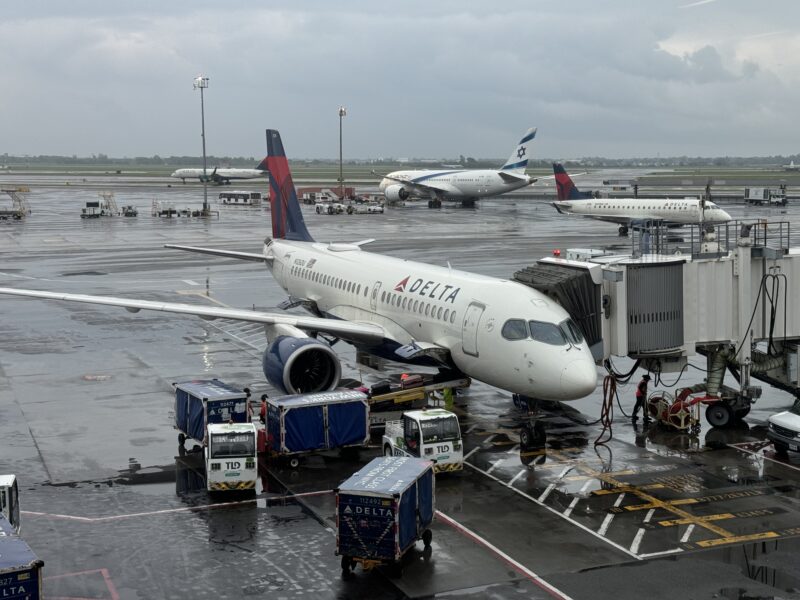




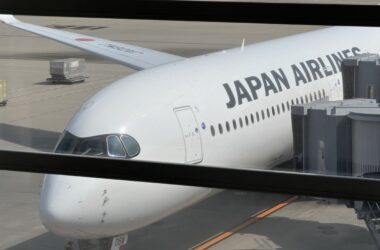
One issue is that it is made in Canada, a country that is very hateful and jealous of America. It has been for decades.
There’s also a window in one of the lavatories.
Yes!
Had the pleasure of flying thie A220-2 from Lisbon to Boston. Plenty of room for my wife and I in the double seat arrangement. The Latest and greatest in entertainment selection, quality, and sound made the trip seem shorter!
Impressive range too, as noted through your Lisbon to Boston route